“It was natural — I knew instantly that we would work together,” says Emil Humbert of his partnership with Christophe Poyet.
The stylish pair who comprise the design firm Humbert & Poyet met in 2007 and established their studio one year later, in 2008. Both trained in Paris — Emil is an architect, Christophe is an interior designer — the duo take on residential and commercial projects, from homes all over Europe to high-end boutiques, restaurants, and hotels such as Beefbar in Hong Kong (and Tulum in 2019) and the Hoxton in Paris. Evident in their work is an inclination toward understated opulence, resulting in an arrangement of spaces that are elegant yet firmly of the moment.
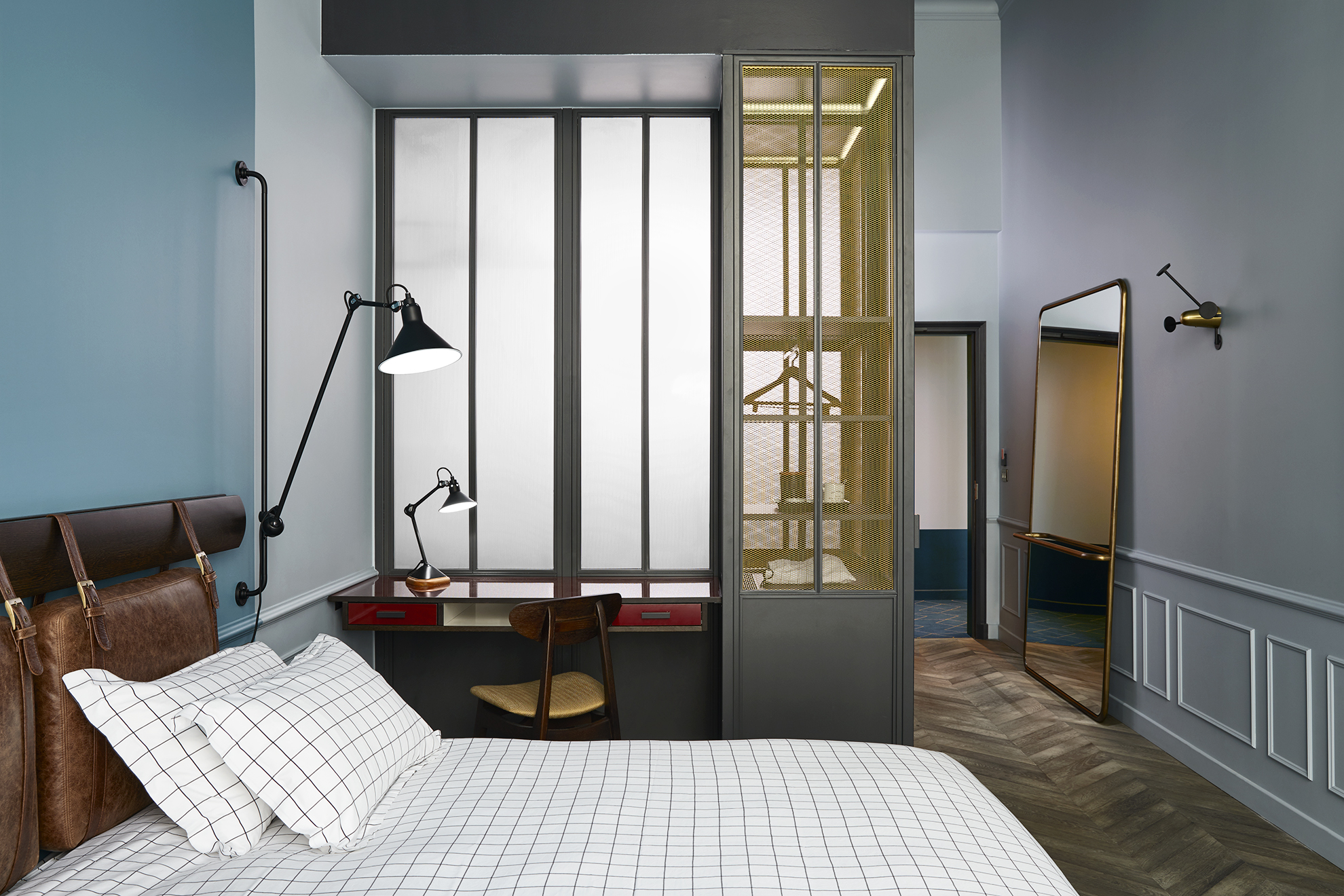
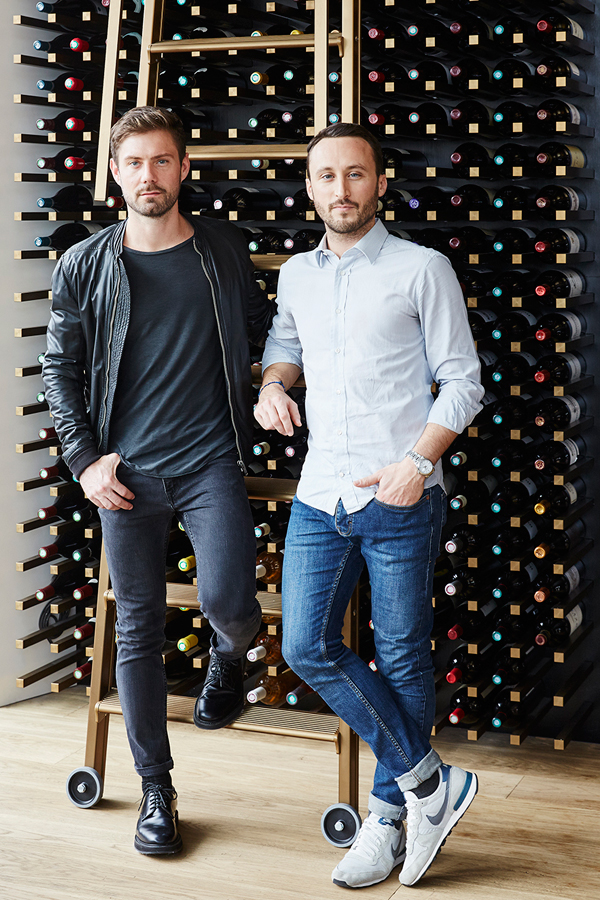
We express an urban Mediterranean lifestyle with a strong focus on elegant and meticulous design in our interiors. These designs are made to create timeless spaces using premium materials like stone wood and bronze. The idea of “low-key luxury” is also the essence of our designs. Above all, we aim to create an emotion that can be translated into features, volumes, materials and general aesthetics. We have a lot of fun dramatising the idea of luxury and making it less austere, and more enjoyable and accessible. Our aim is to communicate the personality of our clients within the designs while also taking into consideration the nature of the site.
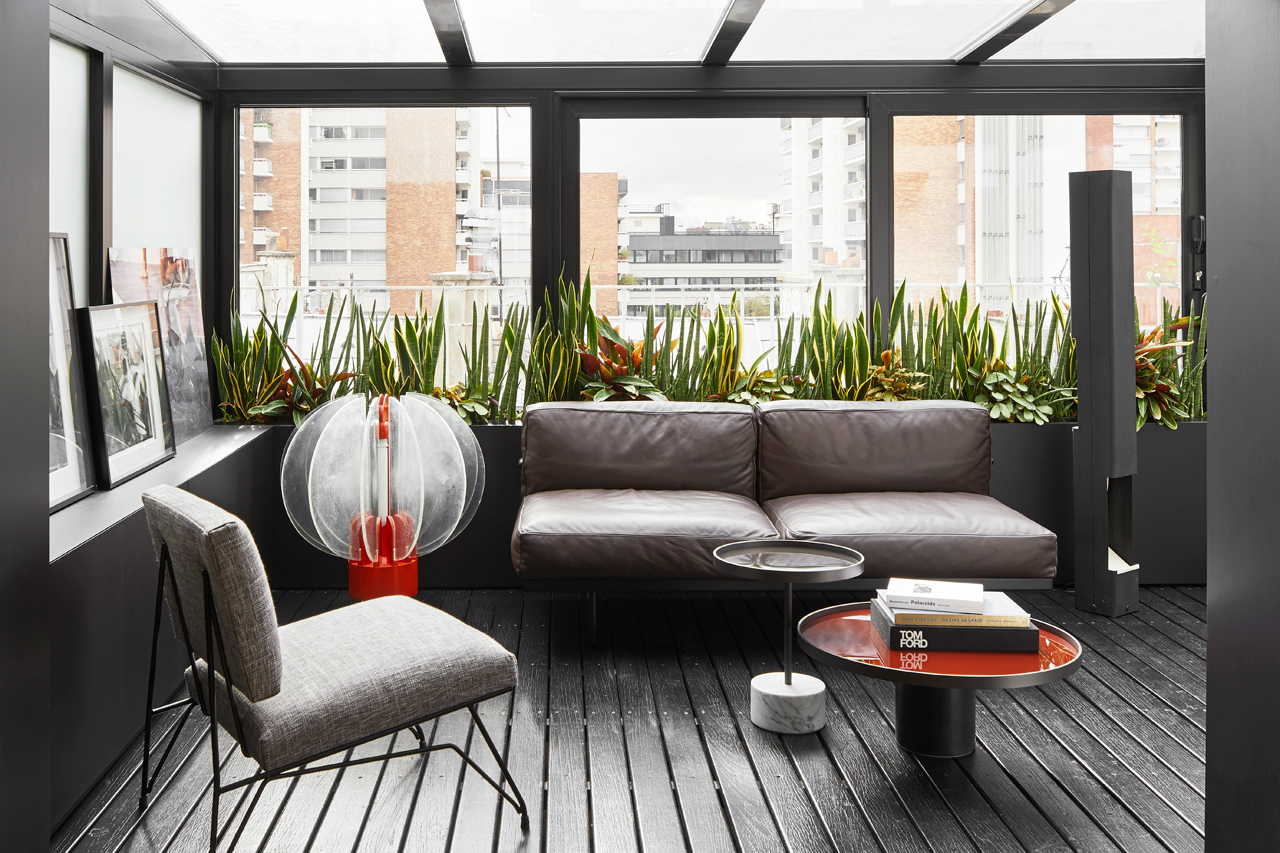
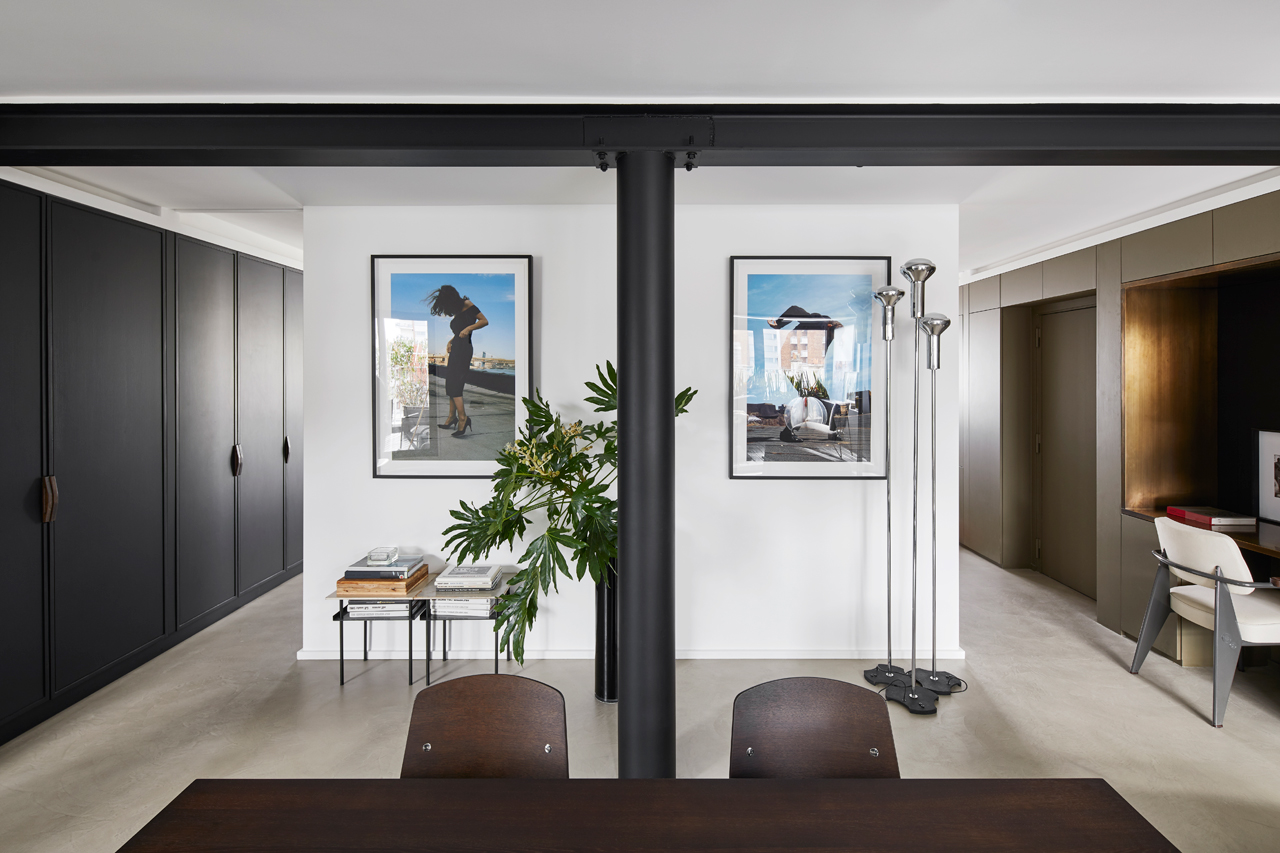
What factors have a significant influence on your aesthetic?
We both have a great interest in craftsmanship, which has an important place in our achievements. We have a real passion for mid-century furniture and lighting, and we both enjoy collecting it.
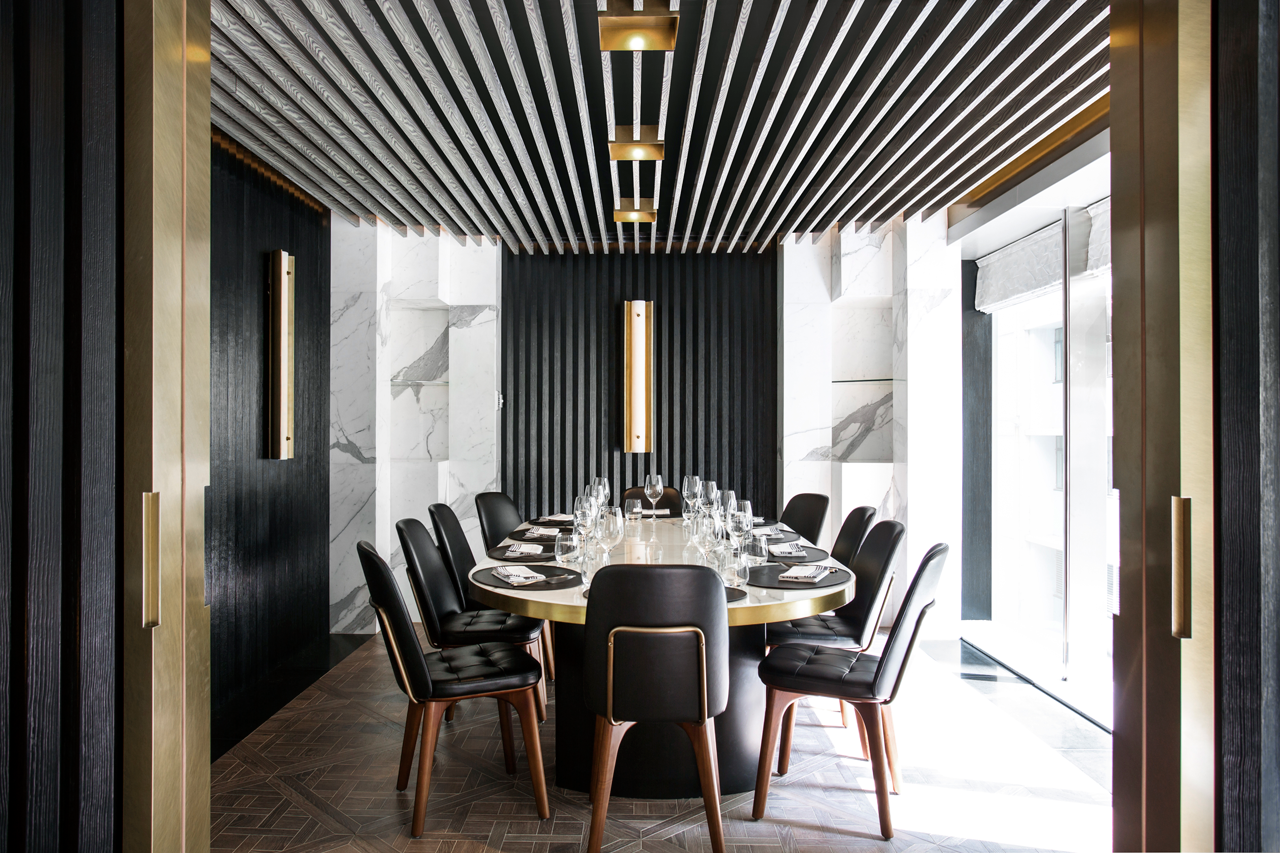
We are both passionate about art. We go to a lot of exhibitions and find art fairs to be very inspiring. The fashion industry also influences us a lot. We’re also fortunate to be able to travel in the course of our work, and cities such as Hong Kong, Shanghai, New York and Mexico City are an incredible source of creativity. All these cities are where we had the chance to develop projects that have enriched the evolution of our work.
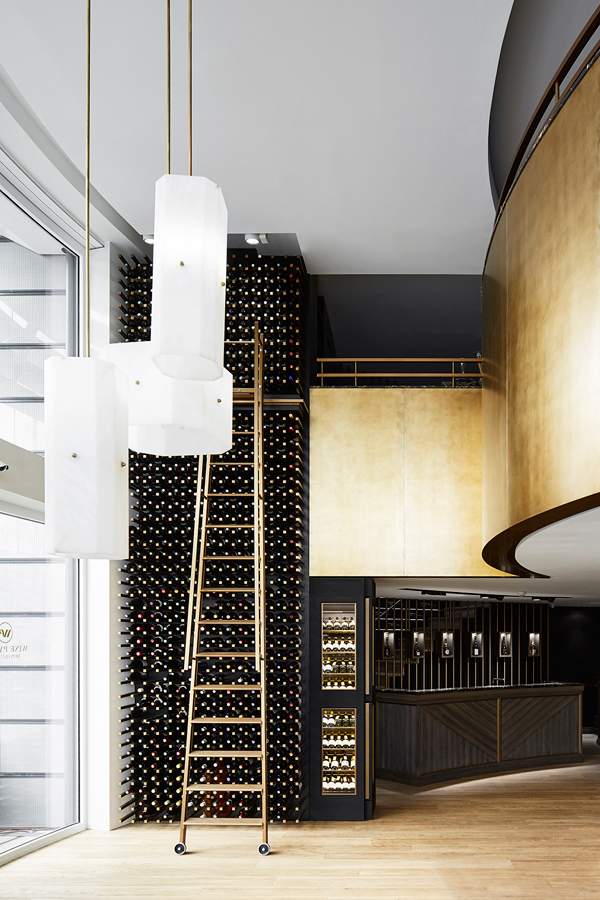
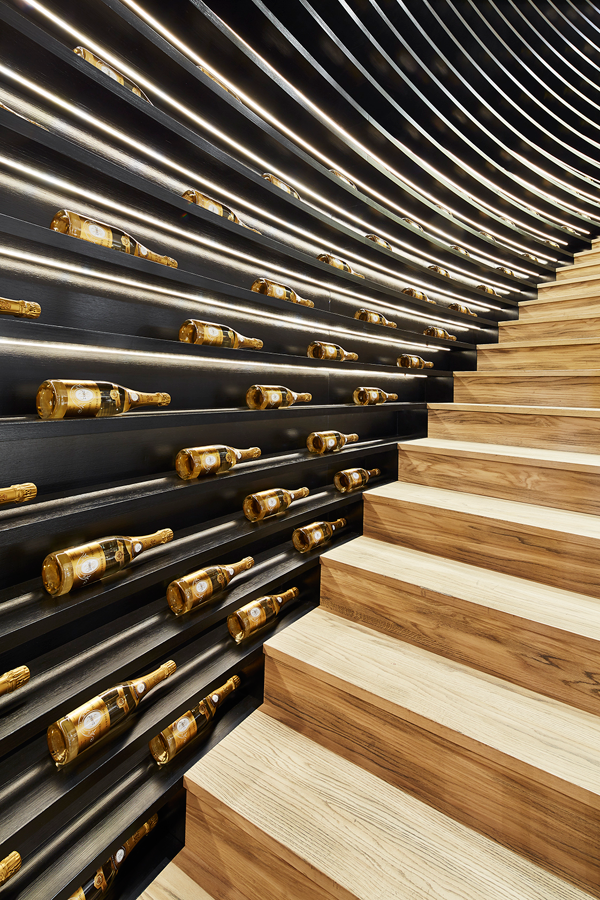
What’s your definition of good design?
We believe that every project has to be designed like a movie set. Similar to a stage design, the decoration should transport the viewer, making one feel like they’re onstage within the theme of the design. The viewer should be able to take control of the design and immerse themselves with the progression of the space. Like directors, we want to create a scene with the best lighting and the best decor for the right story.






